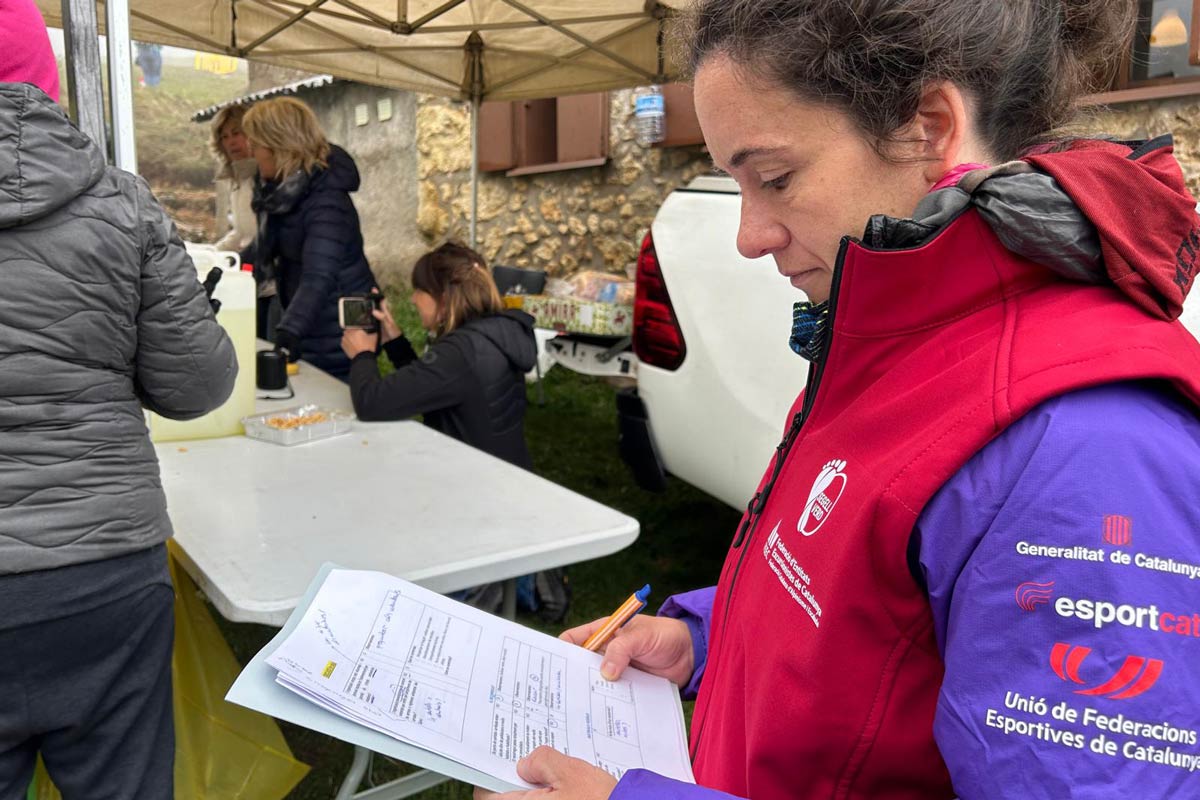The UIAA has published its fifth annual Carbon Footprint Report.
The latest release outlines the results for the calendar year 2022 of ongoing monitoring and annual reporting of the UIAA’s carbon footprint, which is in response to the federation’s signed commitment in early 2019 and participation under the United Nations Framework Convention on Climate Change (UNFCCC) Sports for Climate Action initiative.
As a participant and signatory to this initiative, the UIAA is also expected to follow a process including signing a pledge, made in September 2022, to reach (net)-zero by 2040. As part of this process, and to maintain signatory status, annual public carbon emission reports are expected to be submitted from 2021 onwards.
Specific comments on the 2022 Carbon Footprint Report:
-
The scope and methodology remain identical to previous reports.
-
The main focus was on travel by airplane and the impact of office infrastructure.
-
The UIAA is striving to reduce its footprint by 50% by 2030 and come to net zero by 2040.
-
The sum of UIAA CO2 emissions generated in 2022 is 209.48 tonnes, compared to 12.08 tonnes in 2021, 146.5 tonnes in 2020, 353.33 tonnes in 2019 and 365.56 tonnes in 2018.
-
2022 saw a shift from previous reports. Most international organisations reverted to more in-person meetings and events, at least to some extent, after an impactful Covid-19 pandemic which saw the majority of activities conducted online.
-
To address the major limitation of not yet highlighting defined and implemented measures of avoidance, reduction and compensation of impact, the UIAA Climate Change Taskforce has created a working group that is currently drafting a UIAA-wide Climate Action Plan, tailored to the needs and wishes of its member federations. For that purpose, a survey has been distributed to capture a baseline measurement of where members currently are on their climate action journeys as well as to record best practices, recommended tools, opportunities and challenges for the UIAA to share with the wider network.
-
2018 is considered the baseline year for the UIAA, but from having calculated the UIAA footprint annually over a period of five years, an important conclusion drawn is the fact that a ‘hard’ baseline is not representative of how the UIAA operates.
-
Overall emissions over the years are not directly comparable given that the number of delegates per representative group varies across the years, and so do meeting/event locations, often having a significant impact on generated emissions. The overall UIAA carbon footprint depends on the format and location of its annual meetings and events, but also on the number and origin of delegates traveling.
-
The number and locations of UIAA Ice Climbing World Tour events, as well as the number of participating athletes, significantly influences the overall UIAA footprint given the defined scope.
Further Reading
Download the report here.
For further information on the UIAA’s commitment to tackling climate change click here.
For an archive of all Carbon Footprint Reports 2018-2022 click here.



